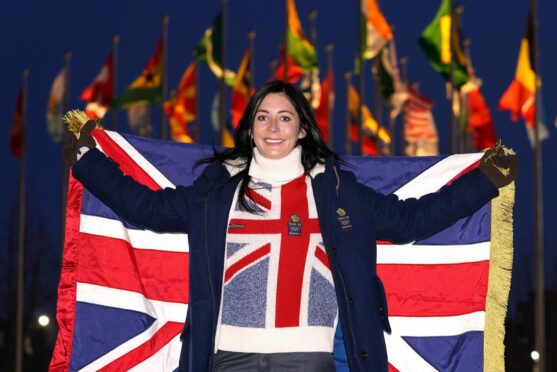As a child, I had a map of the British Isles on my bedroom wall. I think my parents were attempting to educate me.
It showed Ireland was across some water from Scotland. I lived in Scotland, even aged four I knew that. And out my window I could see water (the Tay). On the other side was land. So I thought Fife was Ireland.
You can see the juvenile reasoning.
I was soon enlightened that, despite the strange habits of my Fifeish relatives, Fife wasn’t another country. Though some still insist it is.
Similarly, one sunny primary school afternoon, a group of us idling on the grass watched dumbledores buzz round the clover heads. A young chum told me bees collect pollen and, each place they visit, they leave a little honey as payment.
I had no cause to doubt his word, he was the minister’s son. He further claimed that if you put a clover head in your mouth, you could taste the honey. I tried several times and, strangely, while he found many dots of honey unlucky me only ever got a mouthful of plant.
We all have things we believed when young which aren’t actually true. One further example: I was once told that when a dog tracks a human it is smelling the wax in their ears, because everyone’s wax has a unique scent. Again, sell me London Bridge, I swallowed this hook, line, and sinker.
In Cool Hand Luke (great film) Paul Newman escapes prison and is pursued by baying hounds. He jumps fences, wades rivers, and spreads pepper to put them off the scent. Big daftie, I thought, put your fingers in your ears!
But seemingly this isn’t true either! Honestly, my childhood was a succession of disappointments.
I claim, however, my honey, wax and Ireland misconceptions were forgivable mistakes. I was a child.
It is not forgivable to make basic mistakes as an adult.
In this column I often complain about quite high-level grammar, syntax, and punctuation errors. But the most common, and most annoying, mistakes are very low level. I’ve all but stopped mentioning them because they are so widespread.
For an adult to not know the difference between their, there and there is ridiculous. And two, too and to. Or lose and loose.
When to use a or an. When to use kerb or curb; flounder or founder; pedal or peddle; horde or hoard; role or roll; stationary or stationery; right, wright or write; pray and prey, currant and current.
There are many more.
People who make simple mistakes like this should be exiled to foreign countries. Like Fife.
Word of the week
Repullulate (verb)
To bud or sprout again. EG: “Every time I think I’ve managed to get some worldly wisdom squashed into my head, a thousand examples of my ignorance repullulate.”
Read the latest Oh my word! every Saturday in The Courier. Contact me at sfinan@dctmedia.co.uk










